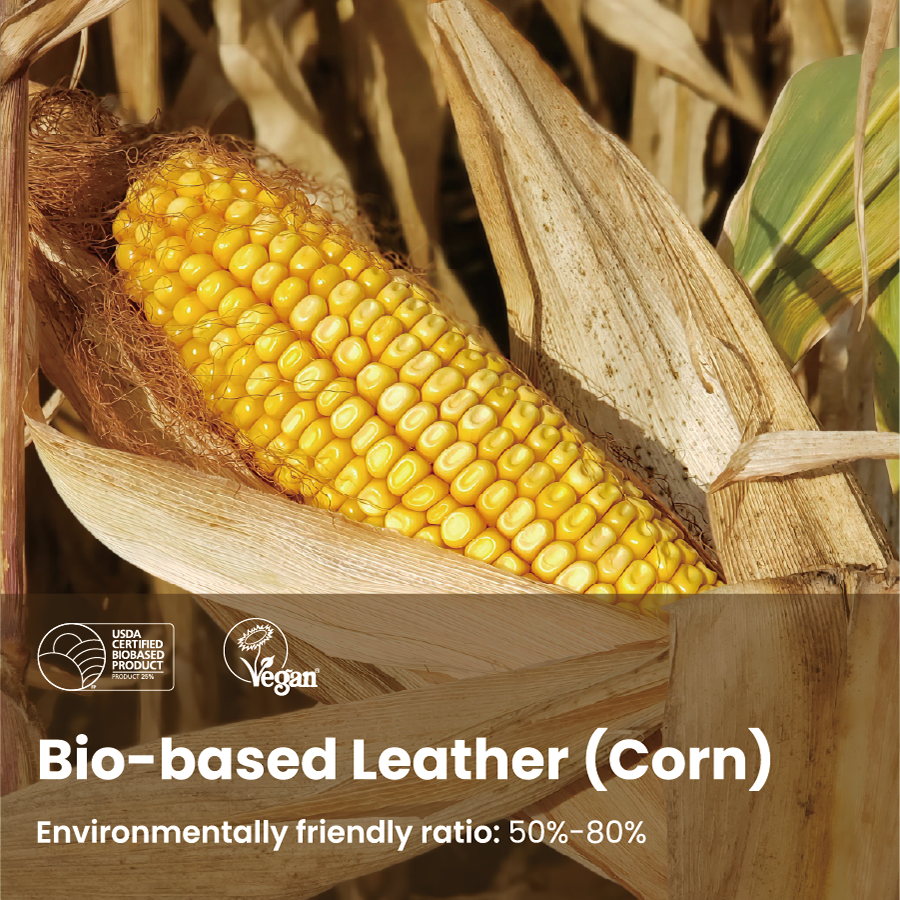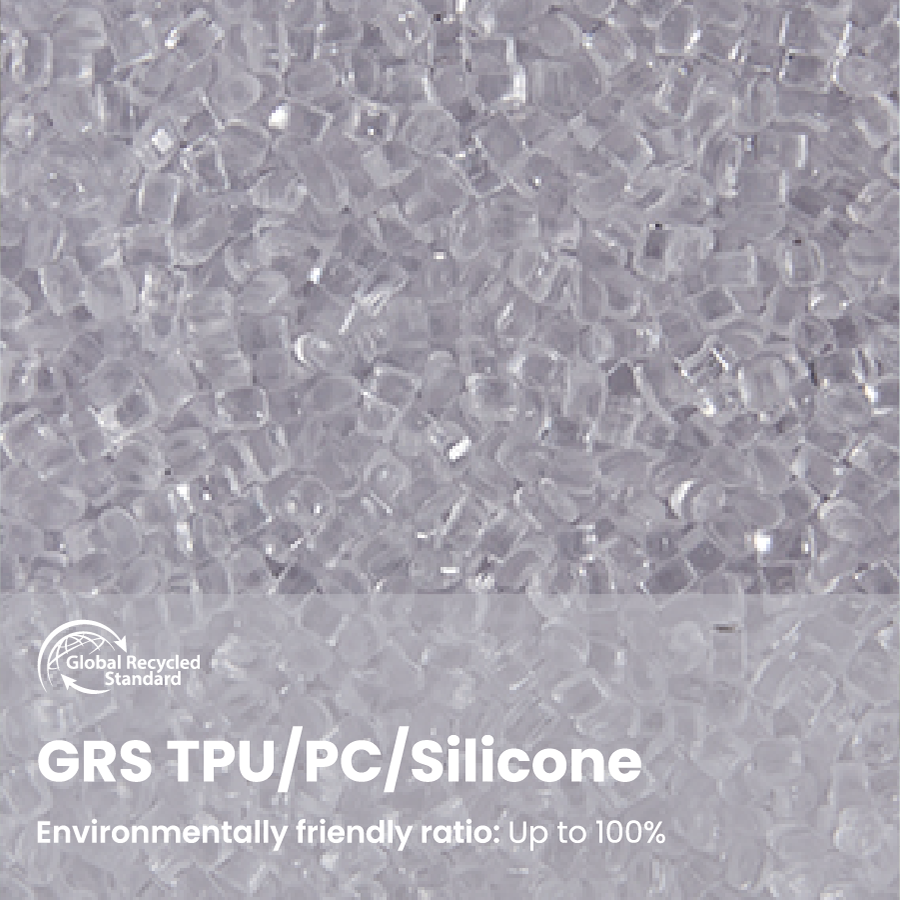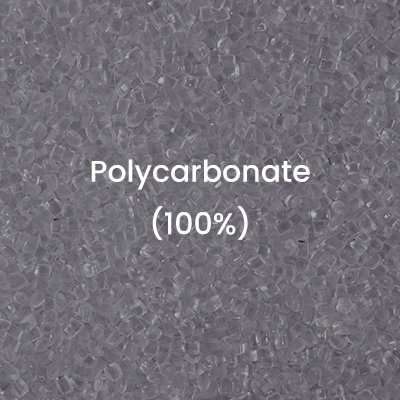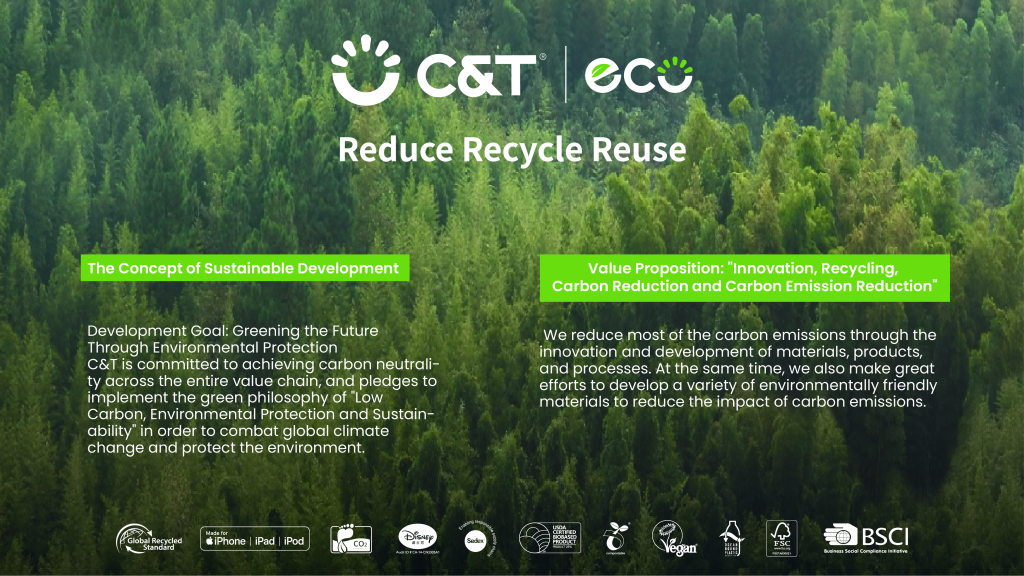In today’s sustainability-focused world, the concept of an environmentally friendly phone case is gaining popularity among consumers and wholesalers.
As more people seek eco-conscious alternatives in everyday products, Cell Phone Cases are no exception.
But what exactly makes a phone case truly environmentally responsible?
This article explores the key materials used to produce eco friendly phone cases, emphasizing biodegradability, recyclability, and sustainable manufacturing.
Biodegradable Materials: A Natural and Renewable Choice
Among the most eco-conscious materials used today are biodegradable compounds like cornstarch-based bioplastics and PLA (Polylactic Acid).

Derived from renewable sources such as corn and plant fibers, these materials break down naturally into water and carbon dioxide when composted under the right conditions.
Cornstarch phone cases are lightweight, flexible, and offer good durability.
PLA phone cases, on the other hand, provide strength and ease of shaping—ideal for a variety of designs.
Since these materials are sourced from renewable crops and require less energy to produce, they help reduce reliance on petroleum-based plastics.
For environmentally responsible wholesalers and brands, biodegradable phone cases present a smart choice that aligns with rising consumer awareness and sustainability standards.
You can explore a wide range of biodegradable phone cases at www.ctcase.com and contact us directly for bulk pricing and customization options.
Silicone: Safe, Recyclable, and Durable

A Flexible, Long-Lasting Material
Silicone is a popular material known for its soft texture and excellent shock absorption.
It’s made from silica (a natural component of sand), making it more earth-friendly than traditional synthetic rubber.
Silicone’s longevity also contributes to sustainability by reducing the frequency of replacement.
Importantly, silicone phone cases are recyclable.
Discarded cases can be ground and repurposed into new silicone products.
Food-grade silicone is commonly used in eco friendly phone cases, offering both safety and environmental integrity.
Its protective qualities and recyclability make silicone a reliable option for manufacturers and wholesalers seeking to build greener product lines.
TPU: A Balance of Performance and Eco-Responsibility

TPU (Thermoplastic Polyurethane) bridges the gap between plastic and rubber, offering both durability and flexibility.
It’s free from harmful chemicals like phthalates and has a relatively low environmental impact during production.
While not biodegradable, TPU phone cases are fully recyclable.
Through heat-based reprocessing, old TPU cases can be converted into new raw materials, promoting a more circular use of resources.
TPU also enables creative design—colorful finishes, textured patterns, and transparent styles are all possible.
This makes it a practical material for those looking to produce high-quality, eco friendly phone cases that also follow the latest phone case trends.
Polycarbonate (PC): Strong, Transparent, and Reusable

Polycarbonate (PC) is a tough, high-performance plastic often used in protective phone cases.
Though it is petroleum-based, it stands out for its high recyclability and long service life.
Used PC cases can be mechanically or chemically recycled.
Mechanical recycling involves grinding and reusing the material in less demanding applications, while chemical recycling breaks PC down to its basic monomers for use in new products.
Some manufacturers use partially recycled PC in their products, and eco-friendly coatings can reduce emissions during finishing.
For businesses focused on durability and reusability, recyclable phone cases made from PC offer a practical solution—especially in today’s market where trending phone cases are often those with an environmental edge.
Sustainable Design and Eco Certification
Beyond Materials—Smart Design and Third-Party Verification
Creating an environmentally friendly phone case goes beyond just choosing green materials.
Sustainable design focuses on how easily a case can be disassembled and recycled.
Avoiding glued layers or mixed-material assemblies can simplify recycling.
Moreover, third-party environmental certifications—such as ECOCERT or SCS—can help validate a product’s sustainability claims.
These certifications assure customers and partners of the product’s environmental performance and ethical production processes.
For wholesalers and manufacturers, these measures not only support environmental goals but also help build trust with eco-conscious buyers looking for authentic eco friendly phone cases.
Conclusion
As global awareness of environmental protection continues to grow, the demand for eco friendly phone cases is expanding.
Whether made from biodegradable phone case materials like PLA and cornstarch, or recyclable phone cases made from silicone, TPU, and PC, sustainable options are readily available for forward-thinking businesses.
As a professional phone case manufacturer, we are committed to offering eco-responsible solutions.
From sourcing sustainable raw materials to designing products with recyclability in mind, we provide custom options tailored to your brand’s green values.
Visit www.ctcase.com to browse our range of eco friendly phone cases and get in touch for customized wholesale pricing.

Our team is ready to help you build your sustainable product line.
Let’s work together to shape a more environmentally responsible future—one phone case at a time.





